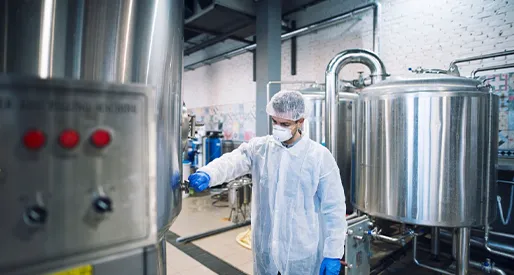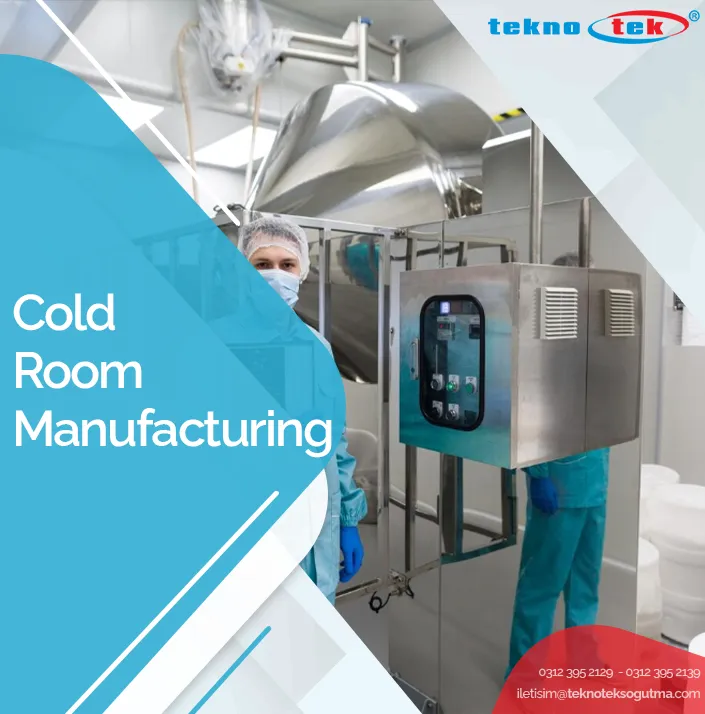Cold room manufacturing consists of rooms that ensure that a certain temperature remains stable in them. Cold rooms are generally designed to store and store products in an environment below the outside temperature.
Cold room manufacturing is the goal of storing products with a risk of early deterioration in cold storages from production to consumption. They are insulated solutions against heat resistance from the outside atmosphere, which allow the products to be stored without disturbing their natural properties. The use of cold storages in the food and medical sector is quite common.
Cold Room Production Cost
Cold room: The area in which the panels to be produced will be used should first be determined at the project stage. It is necessary to select thickness measurements according to the internal temperature of the room and calculate the volume of the room.
Such factors may differ in terms of cost. In addition, since these methods are environmentally friendly, they reduce industrial waste and energy consumption, ensuring a sustainable production. Humidity levels are as important as the protection and temperature of the products to be stored in these rooms.

Therefore, necessary precautions must be taken to keep the humidity as well as the temperature at the desired level in cold rooms. In this way, the quality, appearance and some other features of the goods to be stored will be preserved. Factors affecting the cost of cold rooms;
Professionalism of the personnel who will work during the construction of the warehouse.
- Square meter pricing of the area where the warehouse will be installed.
- The size of the cold storage to be installed.
- The distance of the area where it will be installed and the way it is located.
- Selection of group motors according to the size of the area.
- Quality standards of the materials to be used.
- The quality of the materials used for the interior and exterior installations of the warehouse.
- It is the quality of the doors, PVC curtains, cooling and humidification systems, panels and shelves to be used in the warehouse.
These factors reveal the necessity of keeping production under economic control. Technological advances and the use of energy-efficient innovations can help reduce their costs. In addition, careful management of raw materials and labor expenditures is very important in terms of profitability. However, reducing costs is also important for long-term

